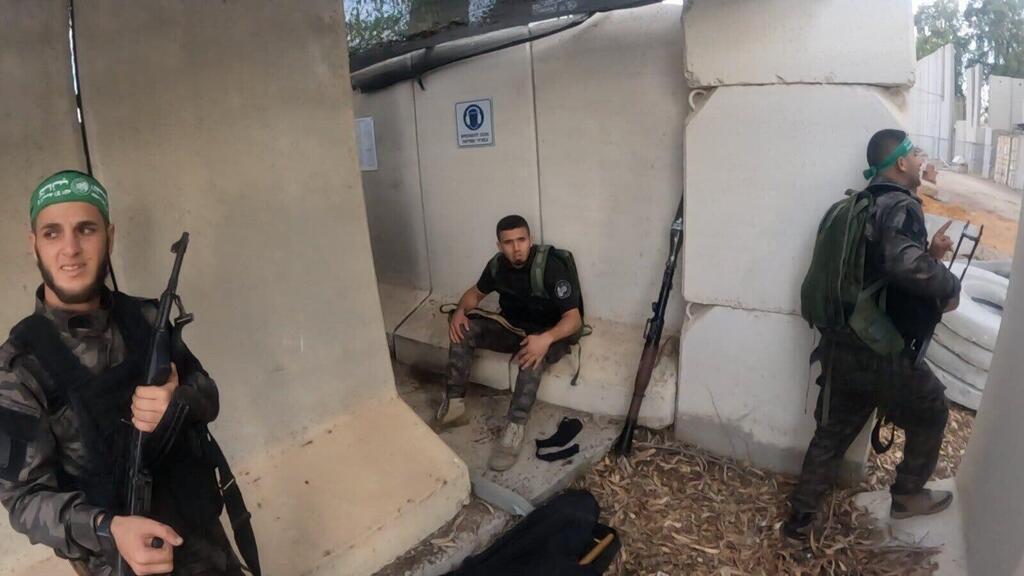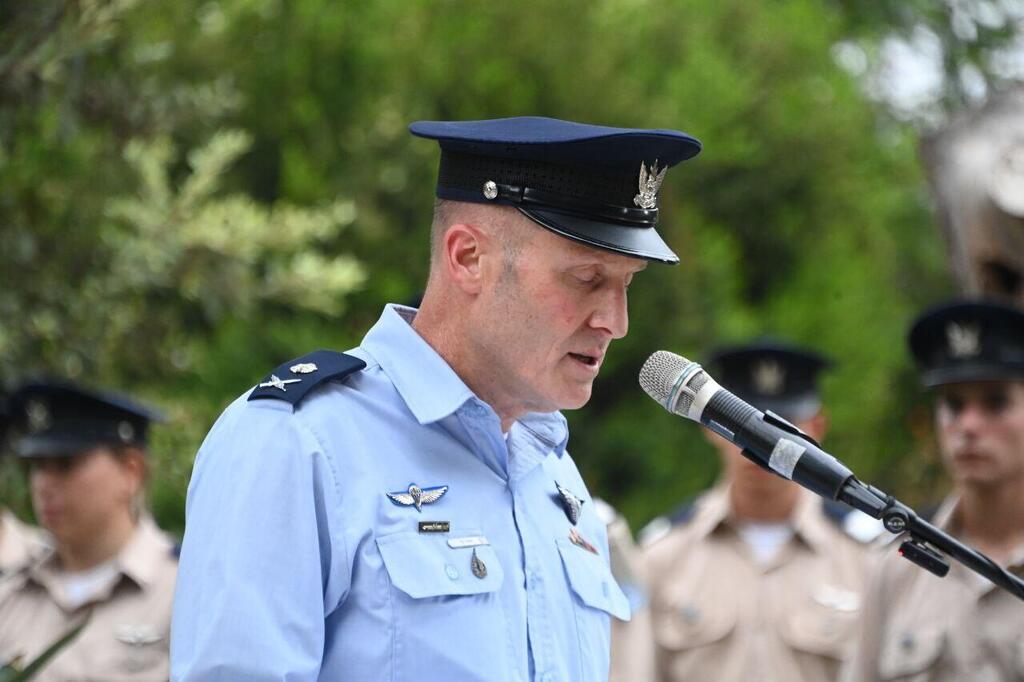Getting your Trinity Audio player ready...
On day nine of the war, the unfolding situation at the Gaza front signals the approaching phase of the campaign: the ground offensive on Gaza. The Southern Command has been executing the "approval of plans" - a process aimed to ensure alignment and the distribution of tasks among brigades, divisions, and battalions.
Read more:
The extensive wave of airstrikes is compelling the Gaza population to flee from the northern section of the Strip, including Gaza City. This displacement is intended to facilitate a smoother entry for infantry units into the densely populated and intricate territory. The military is advocating for an expansive and intense operation with the objective of annihilating Hamas. However, this operation isn't being executed yet and would require time for implementation due to the logistic challenge of mobilizing nearly half a million people to the south.
This is an effort to decrease the potential of civilian casualties in the conflict with fighters. Furthermore, following the approval from the political leadership, there's an intention to bolster ground forces with robust and aggressive air support, which will present a significant challenge for Hamas terrorists. While this may seem a given, it wasn't the case during the last time the IDF was engaged in the Gaza terrain, nine years ago in 2014.
Although the military is relying on some leeway, the ticking of the international timepiece does not pause. The endorsement from Western countries, including the United States, France, Germany, and the United Kingdom, won't be indefinite, regardless of the Israeli public's distance from fully recovering from the incidents that occurred on October 7th.
Upon the troops' entry into the Gaza Strip, a complex task awaits: Regarding the underground network of tunnels, which houses Hamas's military wing. The military has so far managed to strike a commander of the "Nukhba" unit, who was responsible for the slaughter in the border communities. However, it is widely acknowledged that the primary objectives are the two masterminds behind the assault: Yahya Sinwar and Mohammed Deif. Achieving this aim necessitates a sequence of measures, including the deployment of bunker-busting bombs among others.
The termination of terrorists attempting to penetrate from the northern front
(Video: IDF Spokesperson's Unit)
The challenge lies in the quality of intelligence, which is considerably lower than what our forces possess in regions like the West Bank. A ground operation in Gaza isn't as straightforward as it was during the 2002 incursion into the Jenin refugee camp during the second intifada and notably even within that context, it took considerable time for the army to fulfill the late Prime Minister Ariel Sharon's directive: to overpower the Palestinian Authority and seize control of the territory. This operation required four brigades and spanned over two years.
In this case, the course of action will need to be swift and forceful, involving the targeting of Hamas leaders and debilitating its military capabilities. The question that arises then is: who will assume control afterward? The leadership must candidly admit to the public that there isn't a clear-cut answer to this dilemma. At present, the only viable option appears to be the Palestinian Authority.
What does Nasrallah really want?
The situation in Gaza is exceedingly complex, and the extent of operations there is largely determined by the ongoing attrition warfare in the north against Hezbollah. Hamas is attempting to provoke the organization into launching a full-scale campaign. In fact, Hezbollah's leader, Hassan Nasrallah, is escalating the frequency of incidents against Israel, likely to the satisfaction of his Tehran benefactors. As Israeli operations in Gaza intensify, the probability of Hezbollah also ramping up its aggression increases. Consequently, this raises the risk of a spiral into uncontrollable deterioration, potentially leading to extreme escalation.S
Security officials are not in agreement on when and if a second front in the war would open Ynet and its sister publication Yedioth Ahronoth learned that along with the view that Hezbollah may soon throw all its weight into the conflict, requiring appropriate preparations (as evidenced by Defense Minister Yoav Gallant's recent visit to the Northern Command), there are those who assess that Iran might not be keen on deploying Hezbollah at this moment. They argue Iran would be reluctant to "expend" Hezbollah when Israel is war-ready and has not just verbal, but active support from the United States.
A Hamas commander terminated in Khan Yunis
(Video: IDF Spokesperson's Unit)
Despite Hezbollah’s influence and strength, they understand that to execute their terror plans successfully, they need to catch the IDF off guard - a scenario that is currently far from reality.
Considering that this conflict began with a significant intelligence failure, it is crucial to address the root causes of this mishap that led to the catastrophe. The public deserves accountability, and it's important to note that the battle over narratives influences and will continue to shape future decision-making.
The night before the war, not a creature was stirring
Following the initial report on Thursday about the "weak signals" received by the military, and the urgent conference call among the Chief of Staff, the Head of Military Intelligence, the Shin Bet Chief, and the Commander of the Southern Command, Yedioth Ahronoth and Ynet revealed on Sunday that military sources insist the Gaza Division received the same information as the Southern Command. This claim stands in contrast to claims by Brigadier General Avi Rosenfeld, division commander: "We were not aware of the attack, it took us by surprise."
In addition, the Shin Bet's Head of the Southern District, identified as A', was in the field by Saturday morning, underscoring the gravity attached to these "signals". The "Tequila" team, a unit dedicated to handling extreme situations, was also promptly dispatched to the location.
Notably, the Air Force commander was absent from the security establishment officials' conference call. This is crucial information: earlier preparation of the force, including having two Apache helicopters at the ready, would have significantly improved the outcome, coupled with a fundamental level of preparedness at the division level. For instance, the duty officer in the division was only a second lieutenant and not on combat duty (though it's worth mentioning he displayed bravery and successfully neutralized terrorists).
2 View gallery


Hamas terrorists take photos of themselves inside an IDF base
(Photo: New York Times )
This demonstrates the level of significance the division attributed to the incoming information, supposedly because neither the Southern Command nor the General Staff conveyed a sense of urgency. The prevailing notion was that the event was a training exercise by Hamas, rather than an aggressive action like an attempted abduction, and definitely nowhere near the magnitude of a simultaneous attack involving 15 sites using over 1,000 terrorists. This is just one of many chilling details yet to be revealed in the forthcoming, undoubtedly harrowing investigation.





